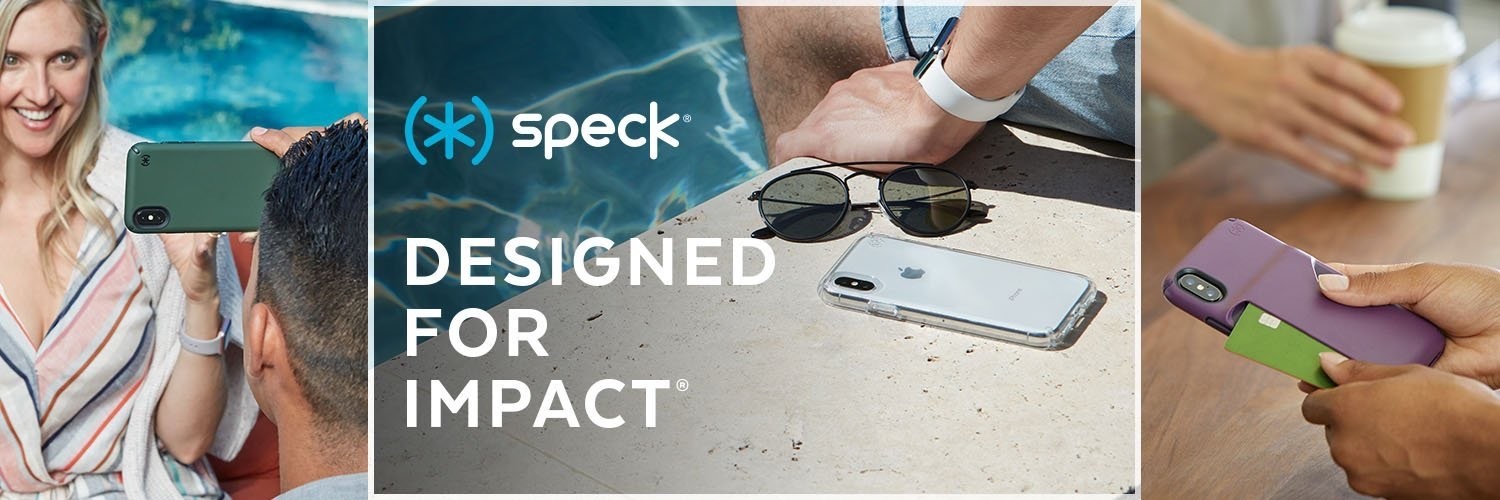Apple AirPods have set the market for wireless earbuds onto a different level. Everyone is trying to replicate, replace or improve on what the AirPods have achieved. Now Skullcandy have entered the race to bring out an alternative at a much cheaper price. You might have noticed Martin rocking the aptly named Sesh Earbuds but I have been testing out their even cheaper €70 model the Skullcandy Indy True Wireless to see how they stack up. Let’s jump in.
Design
If it ain’t broke don’t fix it seems to be Skullcandy’s model here. The Indy Earbuds look pretty much like blacked out AirPods. The charging case is fairly similar and the tube like design of the earbud itself just screams Apple. Unlike their fruity friends the Indy’s touch controls will let you adjust volume and control playback.
It’s a simple in-design so you have to insert the buds into your ears. The advantage of this bud approach is to provide the best sound quality and noise isolation. The downside with this design means you might need to try a combination of the ear tips that are included in the box to get the best fit for you. The Indy earbuds also come with these stability ear gels which help combat this problem, improving the grip and comfort, great if you want to wear these in the gym.
When it comes to the charging case, again it screams Apple, even if it does feel a bit plasticky. Within the case there are a couple of magnets to hold the earbuds in place and provide the contact for charging. There is no magnetic lock to seal the case. Three LED lights have been provided as battery indicator on the case.
Comfort

As we mentioned above, the design of the Indy True Wireless earbuds is created for maximum comfort. Sure you have to find the right set of tips for you but that’s the same with any product like this and once you have this done it’s plain sailing. The removable stability gels are great for traveling and workout sessions. When you are more mobile earbuds can get loose and this little bit of rubber will help you get a tighter seal and will also increase the sound quality as a result. I wear these both in the gym and the office and to be honest I haven’t found any issues with ear fatigue despite the fact they can be worn for hours at a time.
Battery
The Skullcandy Indy earbuds will give you about 4 hours of juice with the ability to get 3 full charges out of the case. 16 hours of total usage before charging the case is pretty good going, especially when you take the similarly priced Enod Earbuds into consideration. Also it takes about 45-60 minutes for the Indy earbuds to get a full charge, while for the case you can double that.
Better again the fine folks at Skullcandy claim their rapid charge tech will get you over a hour or airtime for under 10 minutes of charging. Naturally I had to test this and I can confirm they ain’t pulling the wool over our eyes with this claim….ideal if you want to catch a quick episode of our podcast.
If I have to say anything negative about the battery it’s the simple fact we get a micro-USB charging port instead of the modern standard Type-C. Seriously I don’t get it, pretty much everything else has moved on, let it go lads.
Sound Quality
Now let’s talk sound. The Skullcandy Indy True Wireless has fairly decent sound quality with solid bass and punchy trebles. I reckon if you’re a bass lover those higher priced Sesh buds might be more of a runner.
From what I have seen from my own experience and researching other articles, Skullcandy are known for having a warmer sound. Grand when you’re a hip hop fan but if you’re the more instrumental type then you loose a little bit of pop. Skullcandy are a solid audio brand but they aren’t known in the same vein as Sennheiser or any of the heavy hitters so the quality is exactly what you would expect.
In other sound related news, the onboard mic is also just fine in noise-free environments but in noisy environments the receiver sometimes complained about the sound quality.
Connectivity
Setting up the Indy earbuds initially is a bit of a balls. The master earbud will pair then you have to pair the other bud to this to get two ear audio. Once you get your head around this confusing set up the first time you’re grand.
Again I’ve been reading online many people have had some issues with connectivity. Despite using Bluetooth 5.0, Indy suffers from connection drops that last for a few microseconds. It rarely happens and you barely notice it but still I just think they could have done a better job with this. On the upside, the touch controls work a charm and I think they are one of few brands to offer comprehensive touch controls at this price point
Spec Sheet

- Price €70-80 depending on retailers
- IP55 Rating
- Touch controls
- Bluetooth 5.0
- Up to 16 hours of total battery life
- Noise reduction for calls
- Removable stability ear gels
Pros
- Compact charging case
- Impressive battery performance
- Decent Pricing
- Comfortable
Cons
- Micro-USB charging slot
- Sub par microphone
The Goosed Verdict
The Skullcandy Indy is a decent choice especially given the price point versus the competition. These have become my daily go to’s for the office and gym. Let’s be realistic they do the job for half the price of most of the competition. If like me you value battery, comfort and the convenient charging case, then €70 for the Indy True Wireless is a good deal.
However there are issues. The sound can be a bit warm and unless you’re lucky enough to get a solid fit then you’ll loose some of that sexy bassy sound and noise isolation. As ever with Skullcandy there are better earbuds on the market, such as the Galaxy AirPods, Jabra Elite 65t and the Huawei Freebuds.
Long story short as a cheaper alternative to the big boys, Skullcandy do what they do best, the job.


























